Home>diy>Building & Construction>What Is A TLB In Construction
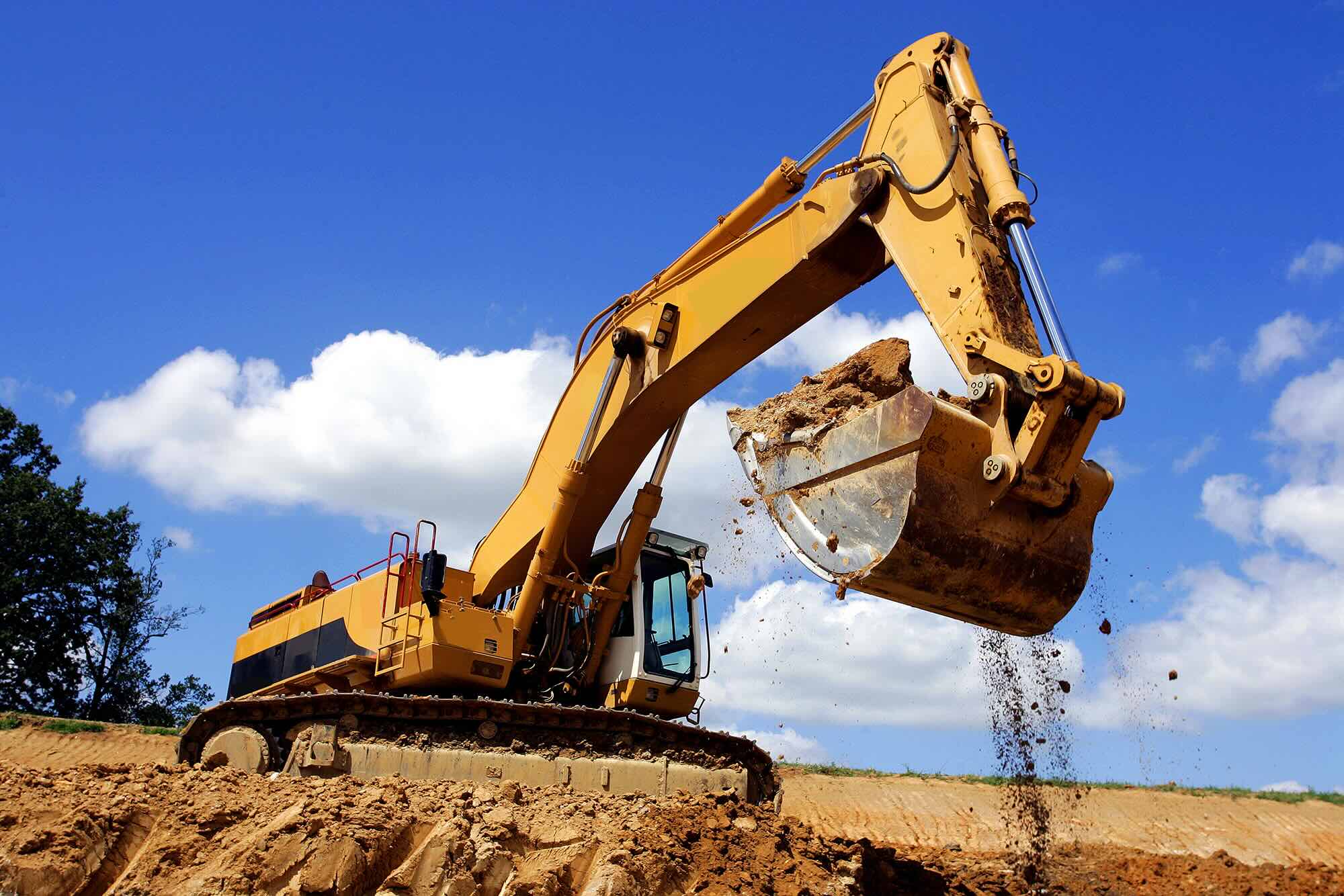

Building & Construction
What Is A TLB In Construction
Modified: December 7, 2023
Discover the purpose and function of a TLB in construction. Learn how this essential equipment aids in building construction projects.
(Many of the links in this article redirect to a specific reviewed product. Your purchase of these products through affiliate links helps to generate commission for Storables.com, at no extra cost. Learn more)
Introduction
When it comes to the world of construction, there are numerous heavy machinery and equipment that play a vital role in getting the job done efficiently and effectively. One such piece of equipment is the TLB, which stands for Tractor Loader Backhoe. The TLB is a versatile machine that combines the functions of a tractor, loader, and backhoe into one powerful unit.
The TLB is commonly used in construction projects to dig, scoop, load, and transport various materials such as soil, gravel, and debris. Its versatility and compact size make it a popular choice for a wide range of applications, from excavating trenches and foundations to landscaping and material handling.
In this article, we will delve deeper into the world of TLBs in construction, exploring their definition, operations, components, safety considerations, maintenance, and future trends.
So, whether you are a construction professional or simply curious about the inner workings of these machines, keep reading to discover everything you need to know about TLBs in construction.
Key Takeaways:
- TLBs, or Tractor Loader Backhoes, are versatile machines combining a tractor, loader, and backhoe. They are essential for excavation, loading, trenching, and material handling in construction projects, improving productivity and saving time.
- The future of TLBs holds exciting possibilities, including electric-powered models, enhanced fuel efficiency, advanced controls, telematics integration, improved safety features, predictive maintenance, and modularity. These innovations aim to enhance performance, efficiency, and sustainability in construction projects.
Read more: What Is Construction
Definition of TLB in Construction
A TLB, also known as a Tractor Loader Backhoe, is a type of heavy equipment that combines three functions into one compact unit. As the name suggests, a TLB consists of a tractor, a loader, and a backhoe.
The tractor component of a TLB provides the necessary power and mobility to move the machine around the construction site. It typically features a diesel engine and four-wheel drive, allowing it to traverse various terrains with ease. The tractor is equipped with a control panel, steering wheel, pedals, and other features that enable the operator to maneuver the TLB effectively.
The loader component of a TLB is positioned at the front of the machine. It consists of a bucket attachment that is used to scoop, lift, and transport materials such as soil, gravel, and sand. The loader is controlled by hydraulic mechanisms, allowing for precise and efficient loading operations. This feature makes the TLB ideal for tasks like moving large amounts of earth or debris.
The backhoe component of a TLB is located at the rear of the machine. It consists of a hydraulic arm with a digging bucket attached to it. The backhoe is primarily used for excavation, digging trenches, and performing other tasks that require precision and reach. The arm is capable of rotating 180 degrees, providing flexibility and maneuverability to the operator.
TLBs are designed to be versatile and multi-functional. By combining a tractor, loader, and backhoe into one unit, these machines provide convenience and efficiency on construction sites. They can perform a wide range of tasks, including digging, excavation, loading, trenching, grading, and material handling. The compact size of a TLB makes it suitable for both small and large-scale projects, where space is often a constraint.
Overall, TLBs are a vital component in the construction industry, playing a crucial role in various aspects of the building process. From preparing the construction site to completing excavation tasks, the TLB is an essential tool that improves productivity and saves time on construction projects.
TLB Operations and Uses
TLBs are highly versatile machines that find extensive use in the construction industry. They are employed for a wide range of operations and tasks on construction sites. Here are some of the common operations and uses of TLBs:
- Excavation: TLBs are widely used for excavation purposes. The backhoe attachment allows operators to dig trenches, foundations, and remove unwanted soil with precision and efficiency. Their ability to rotate 180 degrees provides flexibility and ease of operation.
- Loading and Transporting: The loader attachment of a TLB enables it to scoop and load materials such as soil, gravel, and rocks. Once loaded, the machine can transport the materials to the desired location within the construction site or onto trucks for transportation.
- Trenching: TLBs are commonly used for digging trenches for laying pipelines, cables, and utility lines. The backhoe attachment allows for precise trenching, ensuring the proper depth and width required for the specific project.
- Demolition: TLBs equipped with specialized attachments can be used for demolition purposes. They can break down structures, remove debris, and clear the site efficiently. The versatility of TLBs makes them suitable for both small-scale demolition projects and larger-scale demolition tasks.
- Landscaping and Construction: TLBs are essential for landscaping tasks such as shaping terrain, creating drainage systems, and leveling the ground. They are also used in construction activities, such as backfilling trenches, compacting soil, and grading surfaces.
- Material Handling: With their loader attachment, TLBs can handle materials such as gravel, sand, and construction equipment. This feature is particularly beneficial in construction sites where there is a need to move materials efficiently within short distances.
- Snow Removal: In regions with heavy snowfall, TLBs can be equipped with snow removal attachments, such as snow blowers or plows. This allows them to clear roads, parking lots, and sidewalks quickly and effectively.
TLBs are widely used in various construction projects, including residential, commercial, and infrastructure developments. Their versatility, efficiency, and compact size make them indispensable on construction sites and contribute significantly to project timelines and overall productivity. Whether it’s digging, loading, trenching, or material handling, TLBs are a valuable asset for any construction project.
Components of a TLB
A TLB (Tractor Loader Backhoe) consists of several key components that work together to perform various construction tasks. Understanding the components of a TLB is essential for both operators and those interested in the construction industry. Let’s take a closer look at the main components of a TLB:
- Tractor: The tractor component forms the base of the TLB and provides the necessary power and mobility. It is typically equipped with a powerful diesel engine, drive controls, and steering mechanisms. The tractor’s four-wheel drive allows it to navigate different terrains with ease, making it suitable for various construction sites.
- Loader: Located at the front of the TLB, the loader is responsible for scooping, lifting, and transporting materials. It consists of a hydraulic bucket attachment that can be angled and tilted as needed. The loader is controlled using hydraulic controls, enabling precise manipulation and efficient loading operations.
- Backhoe: Positioned at the rear of the TLB, the backhoe is an essential component for digging and excavation tasks. It consists of a hydraulic arm with a digging bucket attached to it. The arm is capable of rotating 180 degrees, allowing for flexibility and access to hard-to-reach areas. Hydraulic controls enable smooth and precise operation of the backhoe.
- Hydraulic System: The hydraulic system is a crucial component that powers the various movements of the TLB. It consists of hydraulic pumps, cylinders, valves, and hoses. The hydraulic system enables smooth and efficient operation of the loader and backhoe, providing the necessary power and control for digging, lifting, and maneuvering.
- Control Panel: The control panel is where the operator controls the various functions and movements of the TLB. It includes joysticks, levers, buttons, and switches that operate the loader, backhoe, and other features of the equipment. The control panel allows the operator to control the speed, direction, and functionality of the TLB with precision and ease.
- Stabilizers: Stabilizers are deployable legs located at the rear of the TLB. They provide stability and prevent the machine from tipping over during heavy lifting or digging operations. The stabilizers are extended and firmly positioned on the ground to ensure the TLB remains stable and secure while performing its tasks.
- Attachments: TLBs can be equipped with various attachments to enhance their versatility and capabilities. Some common attachments include buckets of different sizes, forks for lifting pallets, augers for drilling, and grapples for handling logs or bulky items. These attachments can be easily interchanged based on the specific task requirements.
Each component of a TLB plays a crucial role in the machine’s overall functionality and performance. The integration of the tractor, loader, backhoe, hydraulic system, control panel, stabilizers, and attachments enables operators to efficiently perform a wide range of construction tasks. Understanding the components of a TLB helps ensure smooth operation, maintenance, and optimal utilization of this essential construction equipment.
When working in construction, it’s important to understand that a TLB (Tractor Loader Backhoe) is a versatile machine that combines the functions of a loader, a backhoe, and a tractor. It’s commonly used for digging, loading, and transporting materials on construction sites.
TLB Safety Considerations
Operating a TLB (Tractor Loader Backhoe) requires adherence to strict safety protocols to ensure the well-being of the operator, crew members, and bystanders. Safety should always be a top priority on construction sites where TLBs are in use. Here are some essential safety considerations when operating a TLB:
- Proper Training: Proper training is crucial before operating a TLB. Operators should receive comprehensive training on the specific model of TLB they will be using, including understanding the controls, safety features, and safe operating procedures. Ongoing training and certification refreshers should also be provided to ensure operators stay up-to-date with best practices.
- Pre-Operation Inspection: Conducting a pre-operation inspection is vital to identify any potential issues with the TLB before use. Operators should check for any leaks, damage, or malfunctions in the hydraulic systems, controls, lights, brakes, tires, and safety features. Any identified issues should be addressed and resolved before proceeding.
- Proper Use of Safety Gear: Operators should wear appropriate personal protective equipment (PPE) while operating a TLB. This includes hard hats, high-visibility clothing, safety boots, gloves, and ear protection. PPE helps protect against potential hazards such as falling objects, loud noises, and impacts.
- Safety Zone Establishment: Establishing a clear safety zone around the TLB is crucial to prevent accidents and injuries. Mark off the area where the TLB will be operating to keep unauthorized personnel away. Adequate signage and barriers can help indicate the restricted zone and prevent accidental intrusion.
- Communication: Clear communication between the TLB operator and crew members is essential for a safe working environment. Use hand signals, two-way radios, or other communication devices to ensure everyone is aware of the TLB’s movements and intended actions. Establishing effective communication protocols can help prevent accidents and promote coordination.
- Seat Belt Usage: TLB operators should always wear their seat belts while operating the machine. Seat belts are critical in preventing injury in case of sudden stops, jolts, or accidents. It is important to enforce the use of seat belts and avoid operating the TLB if the seat belt is faulty or not functioning properly.
- Regular Maintenance: Regular maintenance and inspections of the TLB are essential to ensure its safe operation. Follow the manufacturer’s recommended maintenance schedule to inspect and replace worn-out parts, fluids, filters, and other components. Any maintenance or repairs should be performed by trained professionals to ensure the TLB’s safety and functionality.
- Adherence to Operating Limits: TLBs have specified operating limits, including maximum load capacities, digging depths, and operating speeds. Operators should always stay within these limits to prevent accidents or damage to the equipment. Overloading the TLB or exceeding its designated capabilities can lead to instability and potential accidents.
A safe working environment is paramount when operating a TLB. By following these safety considerations and regulations, accidents, injuries, and equipment damage can be minimized. Always prioritize safety, communicate effectively, and ensure proper training and maintenance to promote a secure working atmosphere for everyone involved in the construction site.
Read more: What Is Retrofit In Construction
Maintenance and Repair of TLBs
Maintenance and repair are critical aspects of keeping a TLB (Tractor Loader Backhoe) in optimal working condition. Regular maintenance not only extends the lifespan of the machine but also ensures safe and efficient operation. Here are some key considerations for the maintenance and repair of TLBs:
- Regular Inspections: Conducting regular inspections is essential to identify any potential issues with the TLB. Inspect the hydraulic system, controls, tires, brakes, lights, and safety features to ensure they are functioning properly. Pay attention to any signs of leaks, unusual noises, or abnormal vibrations during the inspection.
- Fluid Check and Replacement: Check all fluid levels in the TLB regularly, including engine oil, hydraulic fluid, coolant, and transmission fluid. Follow the manufacturer’s recommended intervals for fluid replacement. Contaminated or low fluid levels can affect the TLB’s performance and lead to component failure.
- Filter Replacement: Filters, such as air filters, oil filters, and fuel filters, should be inspected and replaced as per the manufacturer’s guidelines. Clogged or dirty filters can restrict airflow, decrease engine efficiency, and potentially cause damage. Regular filter replacements help maintain the TLB’s performance and prevent costly repairs.
- Tire Care: Inspect the TLB’s tires regularly for signs of wear, cracks, or punctures. Maintain proper tire pressure to ensure optimal traction and stability. Replace any damaged or excessively worn tires promptly to prevent accidents and maintain safe operation.
- Lubrication: Lubricate the TLB’s moving parts as per the manufacturer’s recommendations. Proper lubrication reduces friction, extends component life, and ensures the smooth operation of the TLB. Use the recommended lubricants and follow the proper lubrication procedures outlined in the operator’s manual.
- Electrical System Maintenance: Inspect and test the electrical system of the TLB, including lights, switches, and wiring, to ensure proper functioning. Repair or replace any damaged or faulty electrical components promptly to maintain safety and reliability.
- Professional Servicing: Engage qualified technicians or authorized service centers for major servicing and repairs of the TLB. Trained professionals have the necessary expertise and access to genuine parts to ensure the TLB is repaired correctly and in accordance with manufacturer specifications.
- Record-Keeping: Maintain a detailed maintenance log for the TLB, recording all inspections, repairs, and maintenance activities. This helps track maintenance schedules, identify recurring issues, and provide a comprehensive service history for the TLB. Proper record-keeping is essential for warranty claims and resale value.
Effective maintenance and repair of TLBs help prevent breakdowns, minimize the risk of accidents, and increase overall productivity. Adhering to the maintenance guidelines provided by the manufacturer, conducting regular inspections, and addressing any issues promptly is crucial for the safe and efficient operation of the TLB. Remember, a well-maintained TLB ensures optimal performance and contributes to the success of construction projects.
Future Trends in TLBs
The construction industry is continually evolving, and so are the machines used within it. TLBs (Tractor Loader Backhoes) have been a staple in the construction industry for many years, but as technology advances, we can expect to see some exciting trends and innovations in the future of TLBs. Here are a few key trends to look out for:
- Electric-powered TLBs: With a growing emphasis on environmental sustainability, the future of TLBs may involve a shift towards electric-powered models. Electric TLBs would offer reduced emissions, lower noise levels, and potentially lower operating costs compared to traditional diesel-powered counterparts. These machines could be more environmentally friendly, particularly in urban construction or noise-sensitive areas.
- Enhanced Fuel Efficiency: As regulations and environmental concerns drive the need for more fuel-efficient machines, TLBs are likely to undergo improvements in fuel economy. Manufacturers will likely focus on optimizing engine efficiency, implementing advanced fuel injection systems, and incorporating hybrid technologies to reduce fuel consumption while maintaining high performance.
- Advanced Controls and Automation: The future of TLBs may see significant advancements in controls and automation systems. These technologies would enhance operator experience and improve precision in operations. Features such as advanced joystick controls, integrated GPS systems, and automated digging and loading functions can increase accuracy, productivity, and safety on construction sites.
- Integration of Telematics: Telematics systems, which involve the use of GPS and other communication technologies, are likely to be integrated into TLBs. These systems would provide real-time monitoring of machine performance, location tracking, and remote diagnostics. Telematics can help optimize machine utilization, plan maintenance schedules, and enhance fleet management for maximum efficiency.
- Improved Safety Features: Safety will continue to be a top priority in the future of TLBs. We can expect to see the integration of advanced safety features such as proximity sensors, cameras for better visibility, collision avoidance systems, and operator fatigue detection. These features would mitigate accidents, enhance operator safety, and improve overall job site safety.
- Maintenance and Diagnostics: TLBs of the future may come equipped with advanced diagnostics and predictive maintenance systems. These technologies would enable proactive identification of potential issues, reducing unexpected breakdowns and optimizing maintenance schedules. Real-time monitoring of key components and performance data can help reduce downtime and increase the longevity of the machine.
- Modularity and Customization: TLBs may become more modular, allowing for easier customization and adaptation to specific job requirements. This can include the ability to quickly interchange attachments, add additional functionalities, or modify the machine to meet unique construction needs. Modular designs would improve versatility and reduce downtime.
The future of TLBs holds exciting possibilities for improved performance, efficiency, safety, and environmental impact. With ongoing advancements in technology and the ever-changing needs of the construction industry, TLBs are likely to become more versatile, connected, and sustainable. Construction professionals can look forward to embracing these innovations to enhance productivity and optimize their construction projects.
Conclusion
TLBs (Tractor Loader Backhoes) have proven to be indispensable machines in the construction industry, offering a versatile combination of a tractor, loader, and backhoe functionalities. From excavation and loading to trenching and material handling, TLBs have played a vital role in enhancing efficiency and productivity on construction sites.
In this article, we explored the definition of TLBs and their operations and uses. We discussed the various components that make up a TLB, including the tractor, loader, backhoe, hydraulic system, and control panel. Additionally, we highlighted the importance of safety considerations when operating a TLB, emphasizing proper training, inspections, communication, and adherence to operating limits.
Maintenance and repair were identified as critical aspects to ensure the optimal functioning of TLBs. Regular inspections, fluid checks, filter replacements, tire care, lubrication, and professional servicing contribute to the longevity and safe operation of the equipment.
Looking into the future, we discussed potential trends in TLBs, including the development of electric-powered models, enhanced fuel efficiency, advanced controls and automation, integration of telematics, improved safety features, maintenance and diagnostics systems, and modularity for customization.
In conclusion, TLBs have and will continue to be essential assets in the construction industry. With their versatility, reliability, and evolving technologies, TLBs contribute to efficient project execution, increased safety, and improved environmental sustainability. By staying informed about the latest trends and best practices, construction professionals can harness the full potential of TLBs and drive positive outcomes for their projects.
Frequently Asked Questions about What Is A TLB In Construction
Was this page helpful?
At Storables.com, we guarantee accurate and reliable information. Our content, validated by Expert Board Contributors, is crafted following stringent Editorial Policies. We're committed to providing you with well-researched, expert-backed insights for all your informational needs.
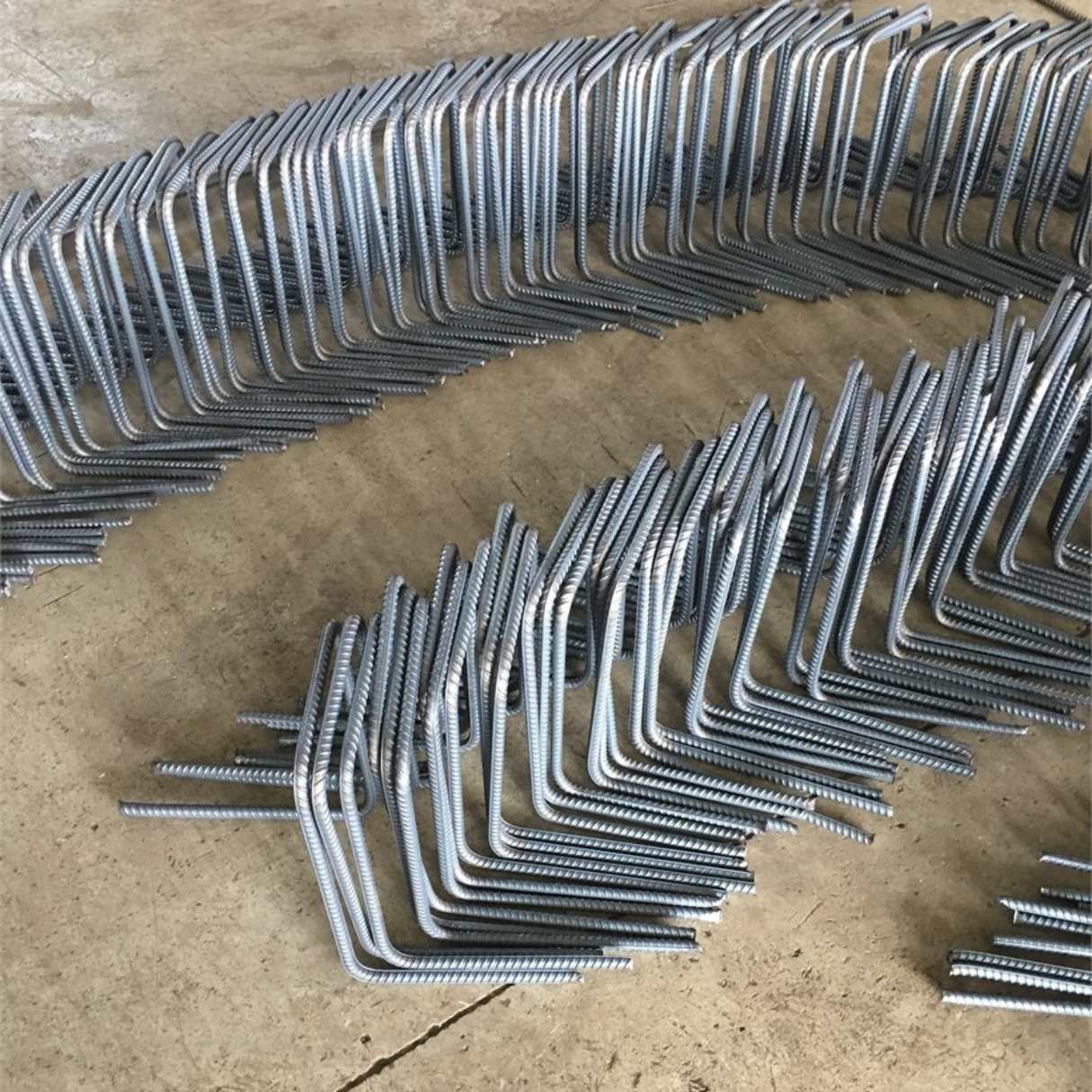
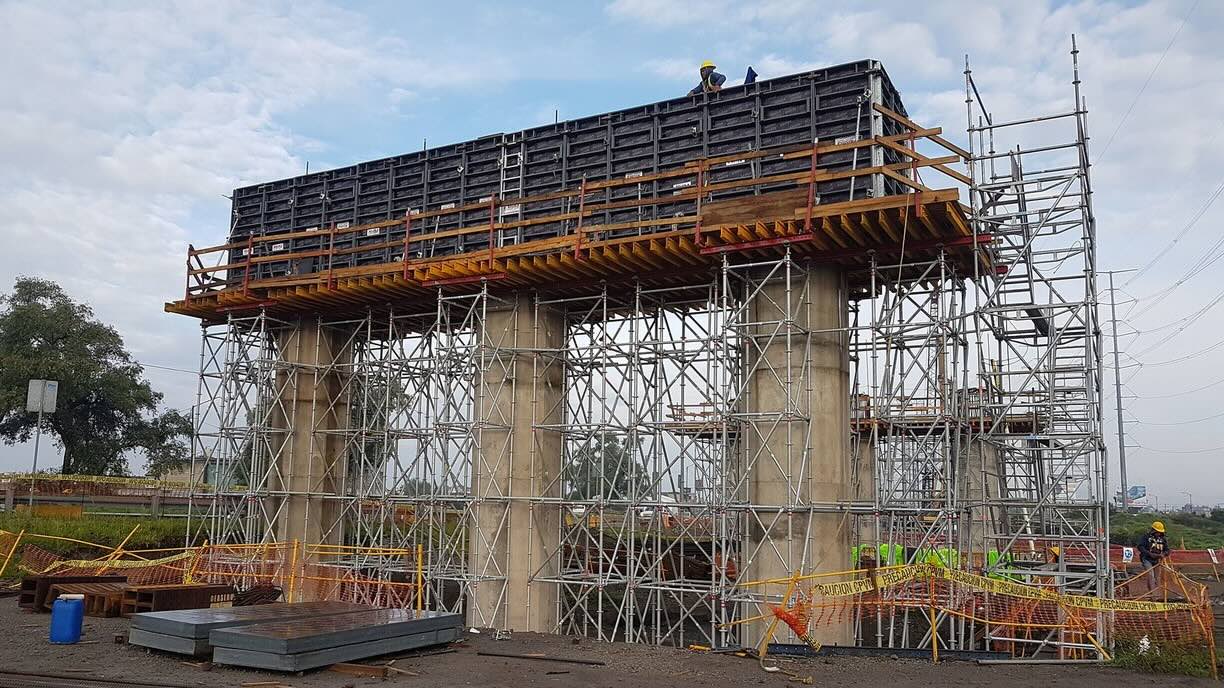
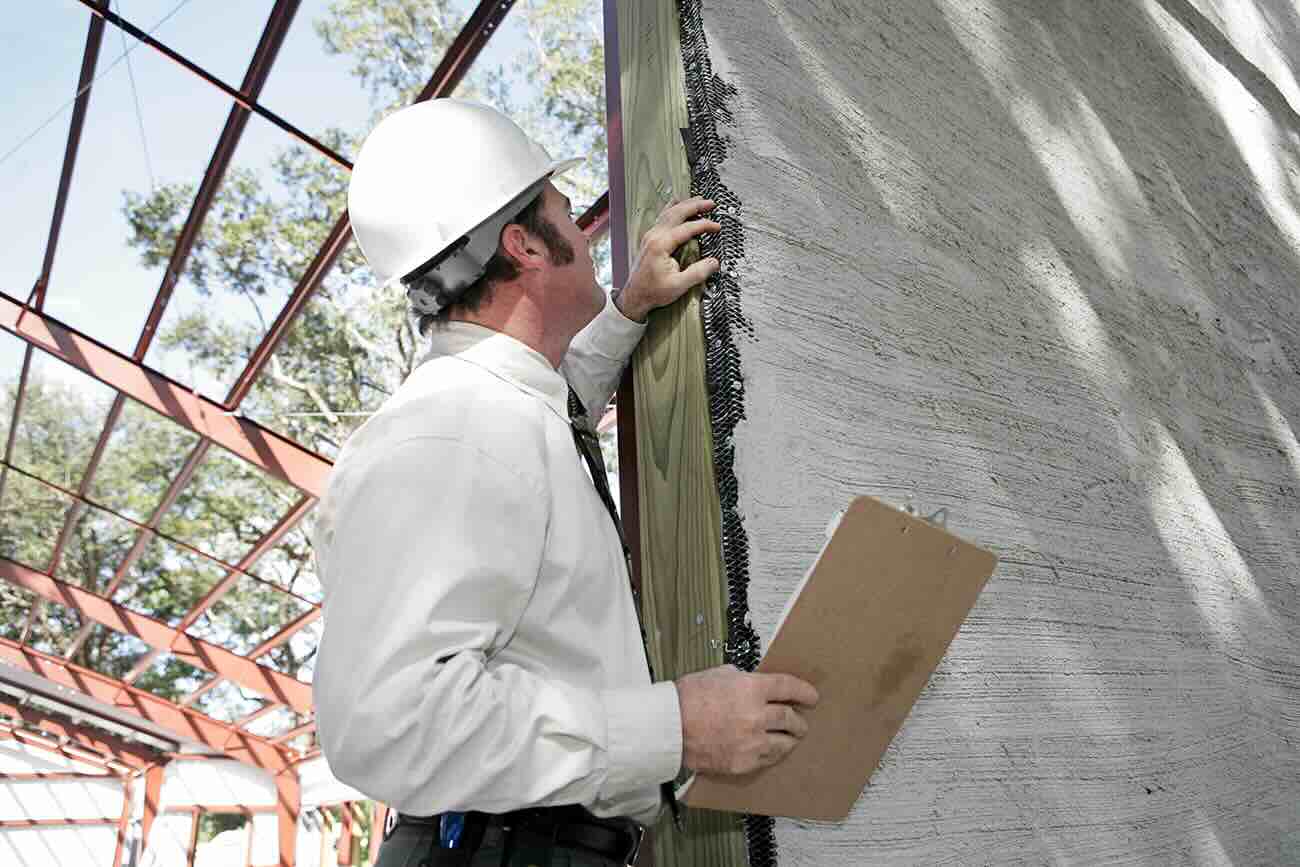
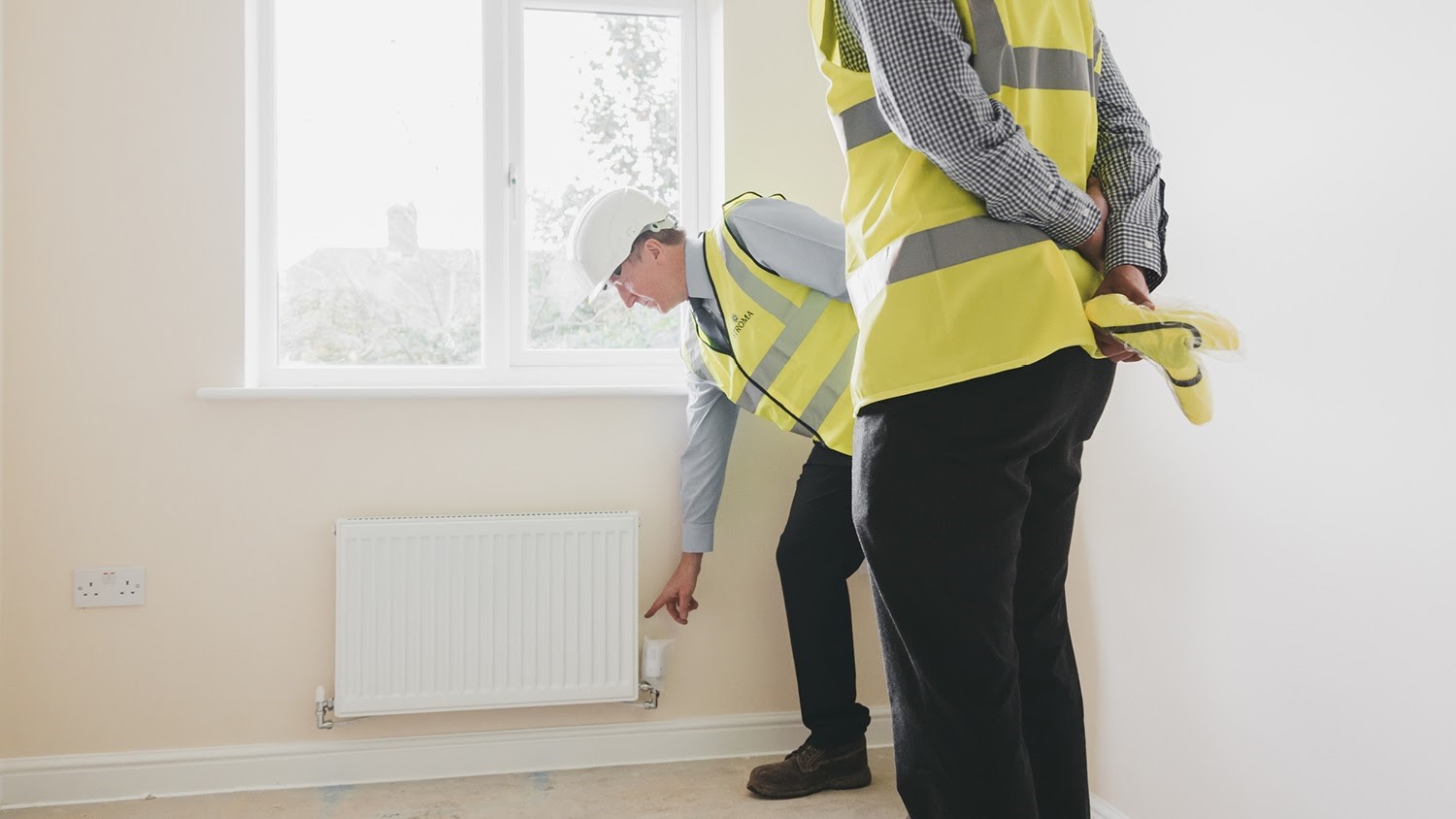
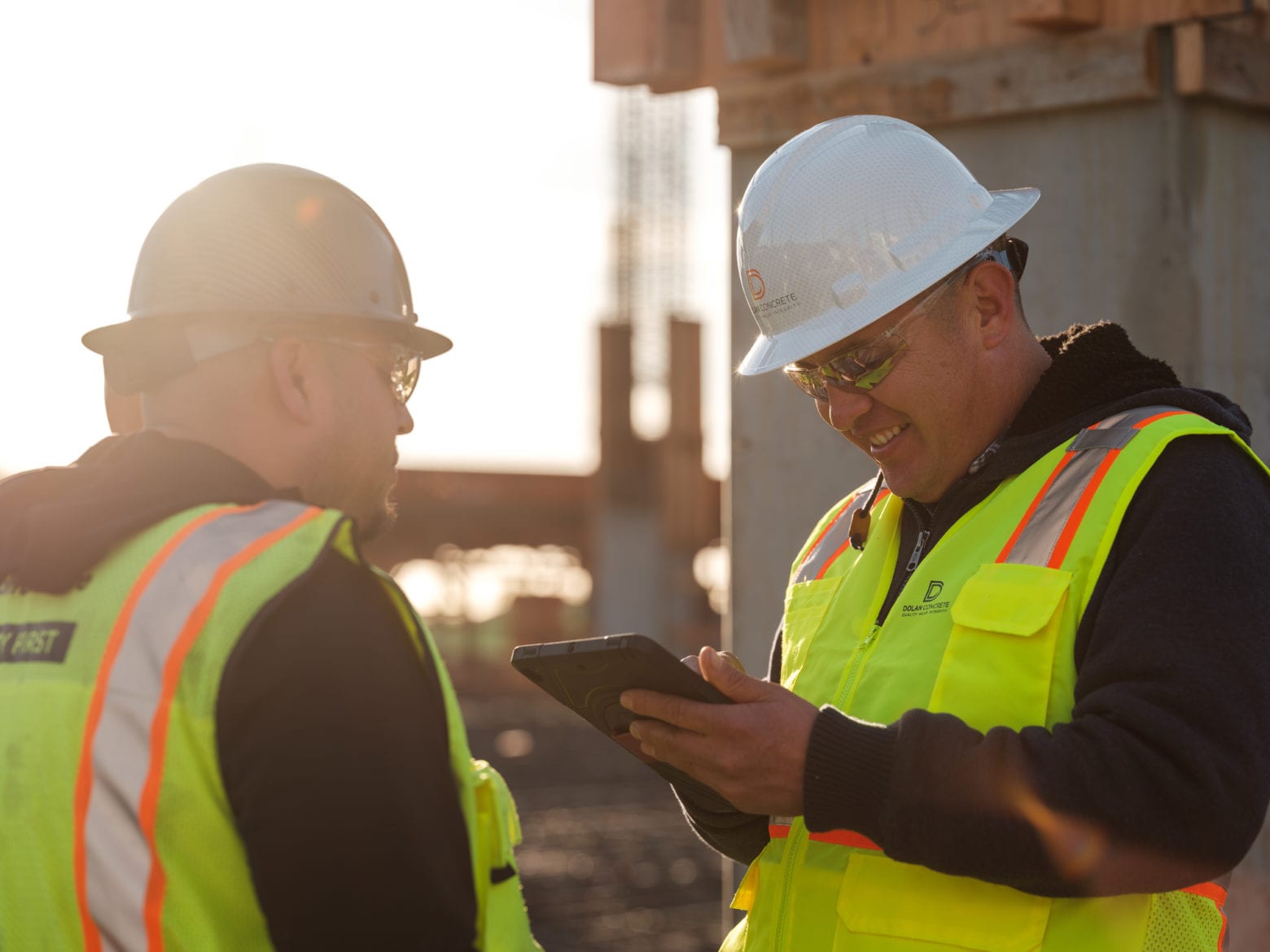

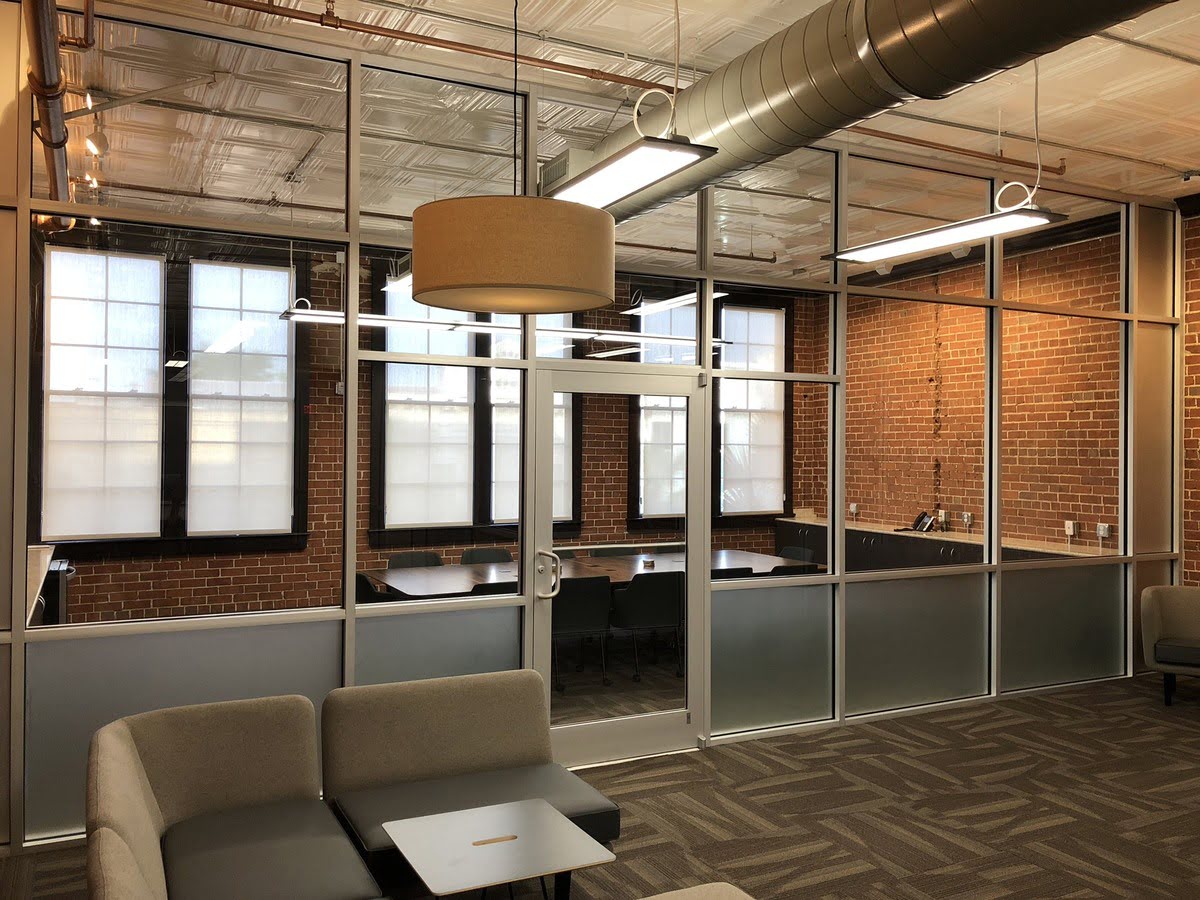

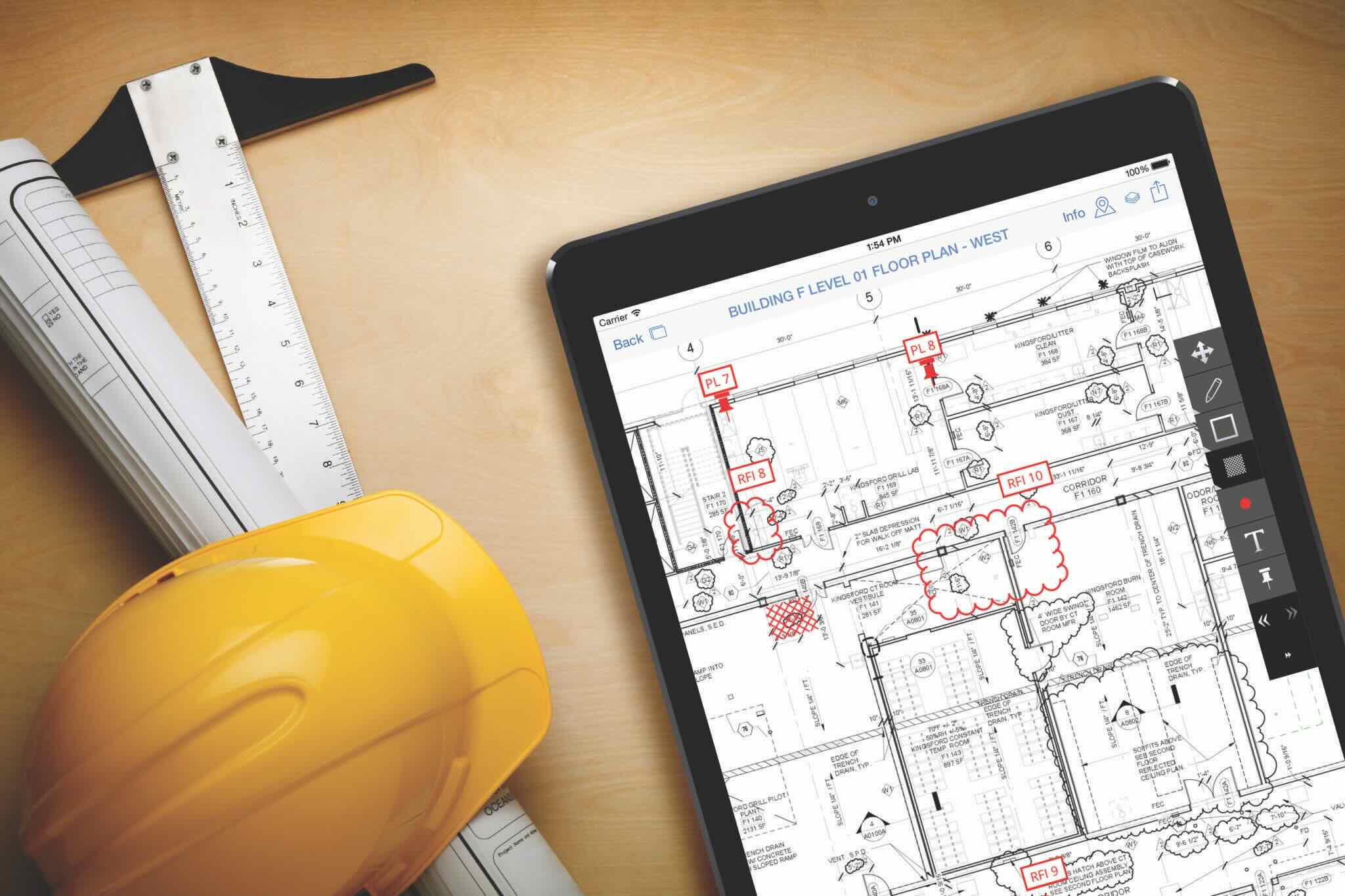
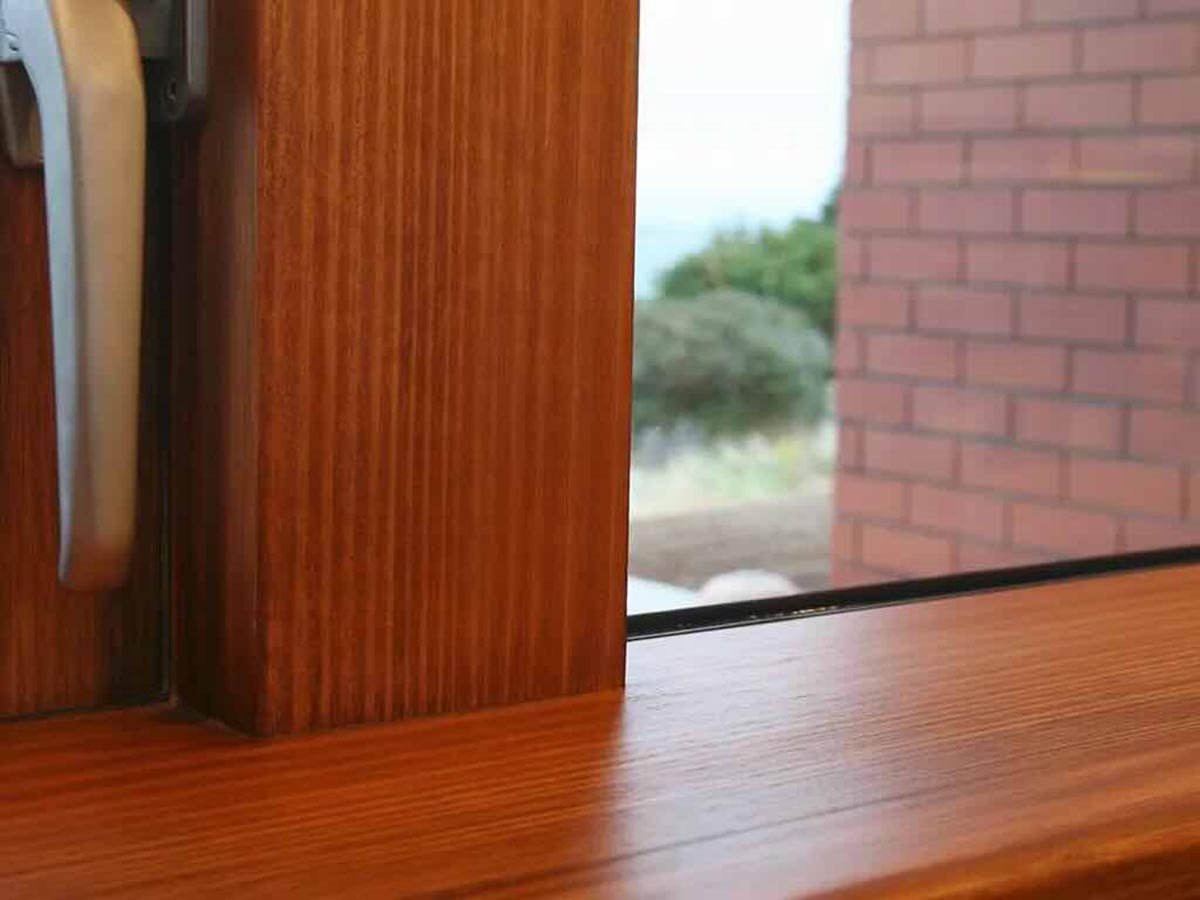
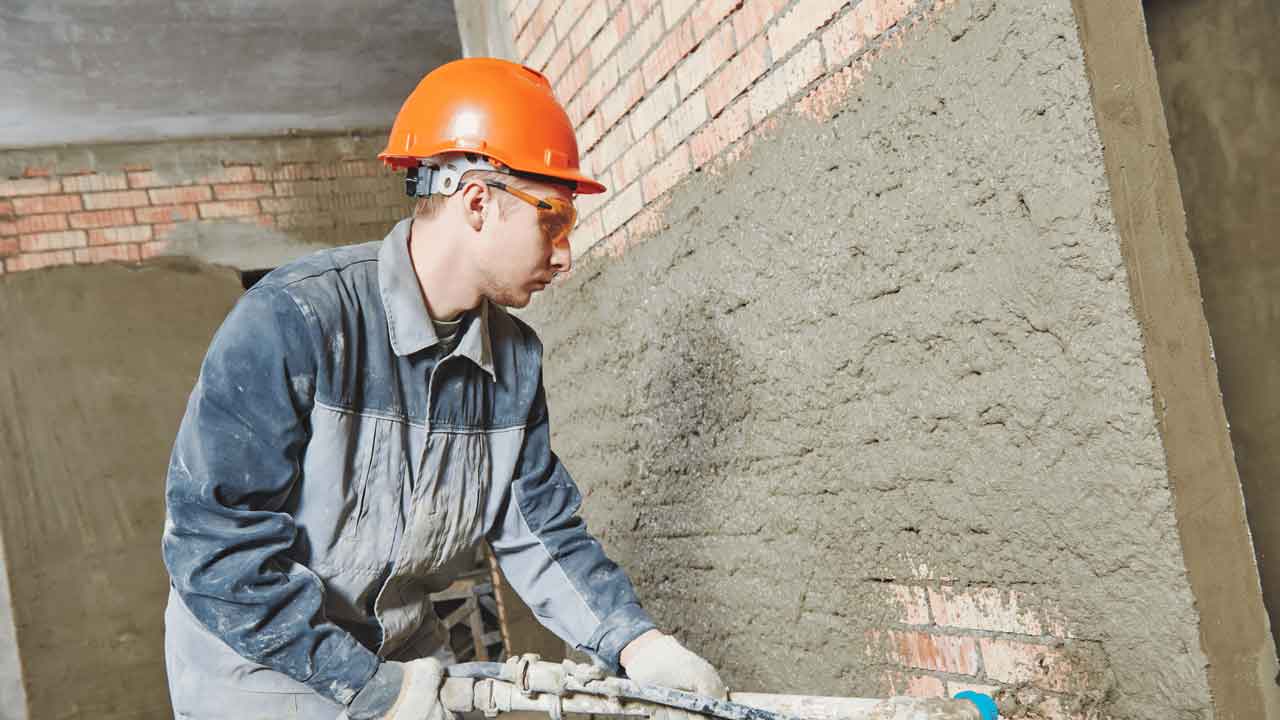
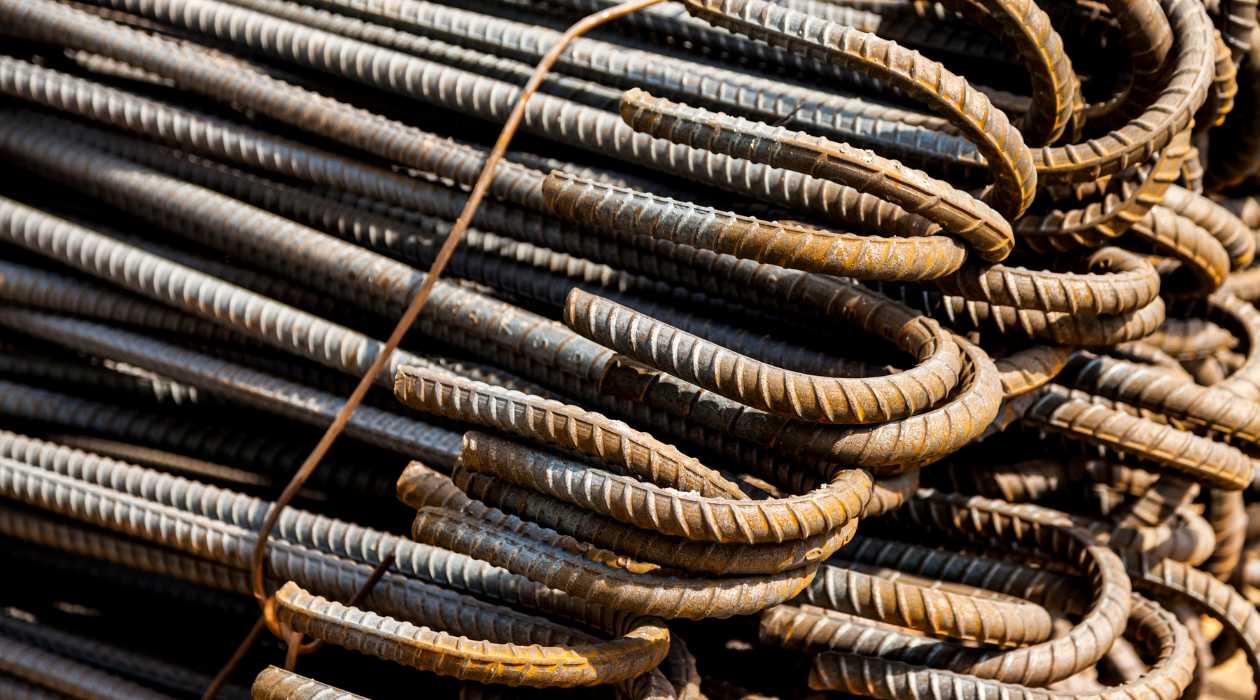
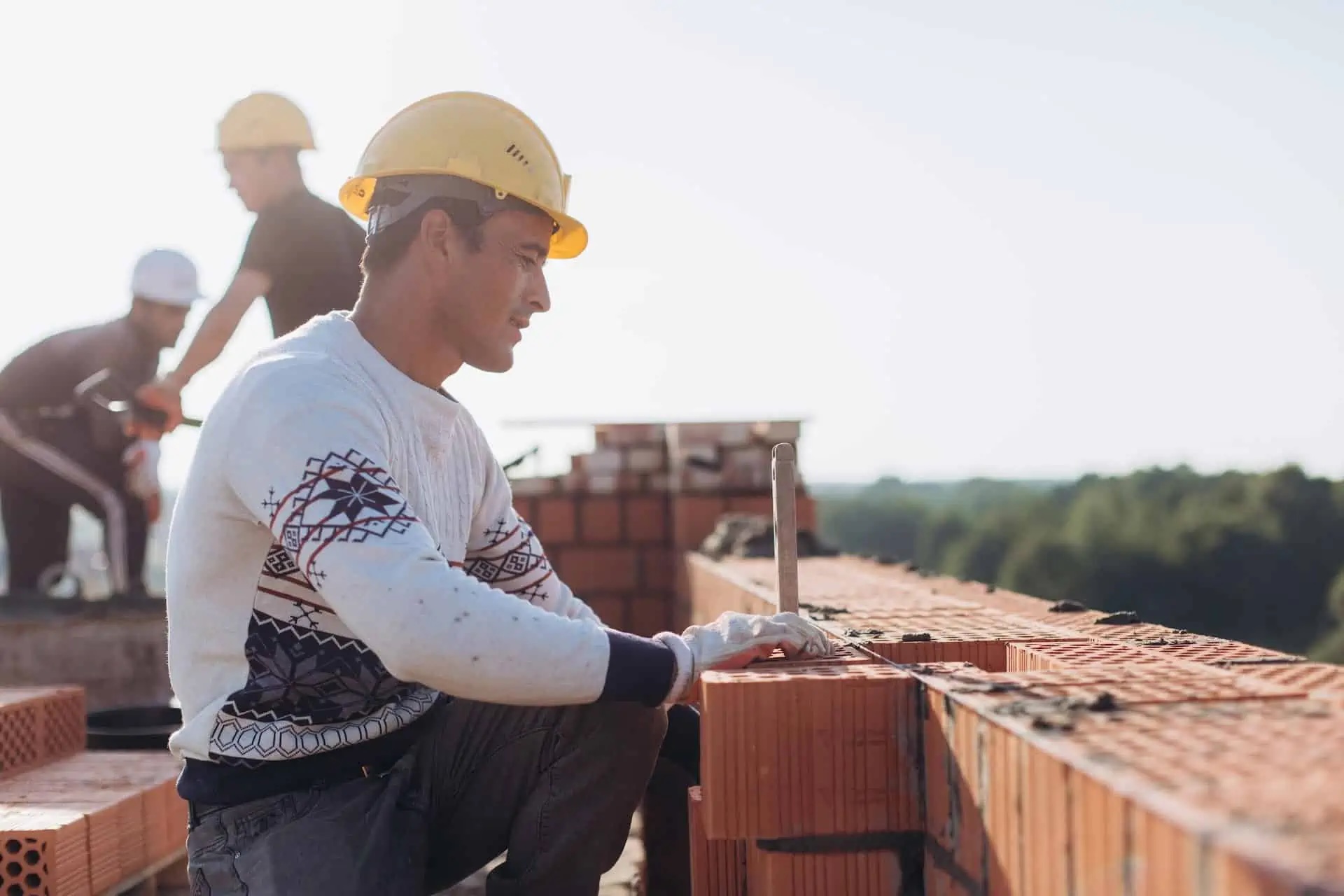
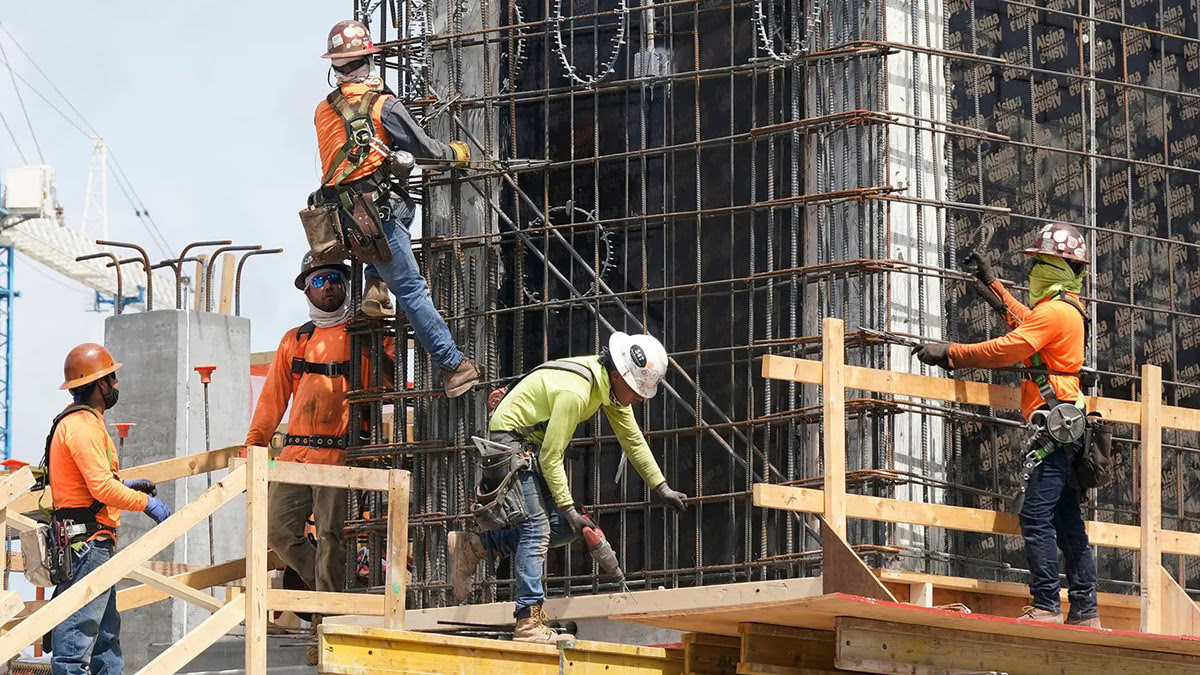

0 thoughts on “What Is A TLB In Construction”